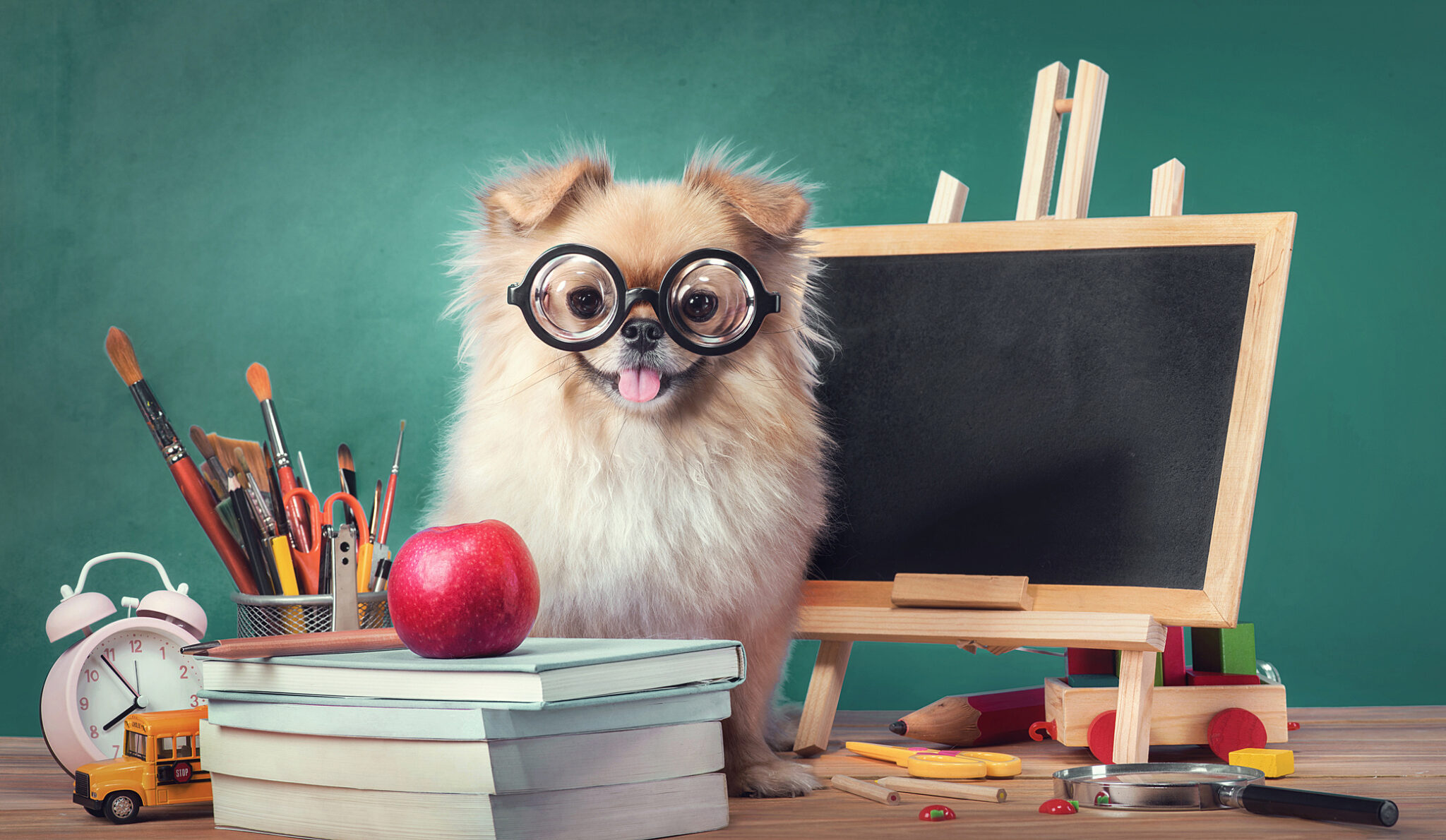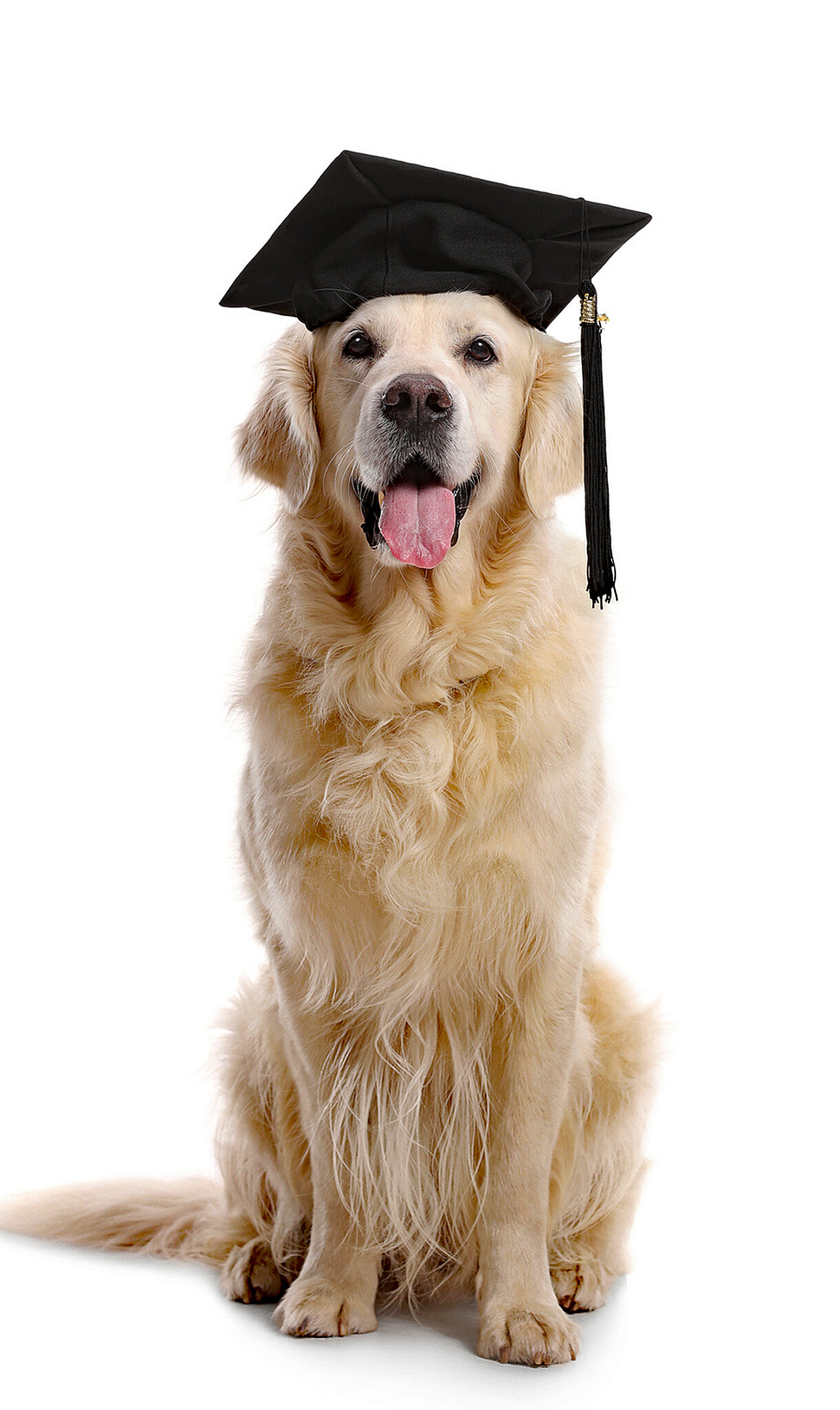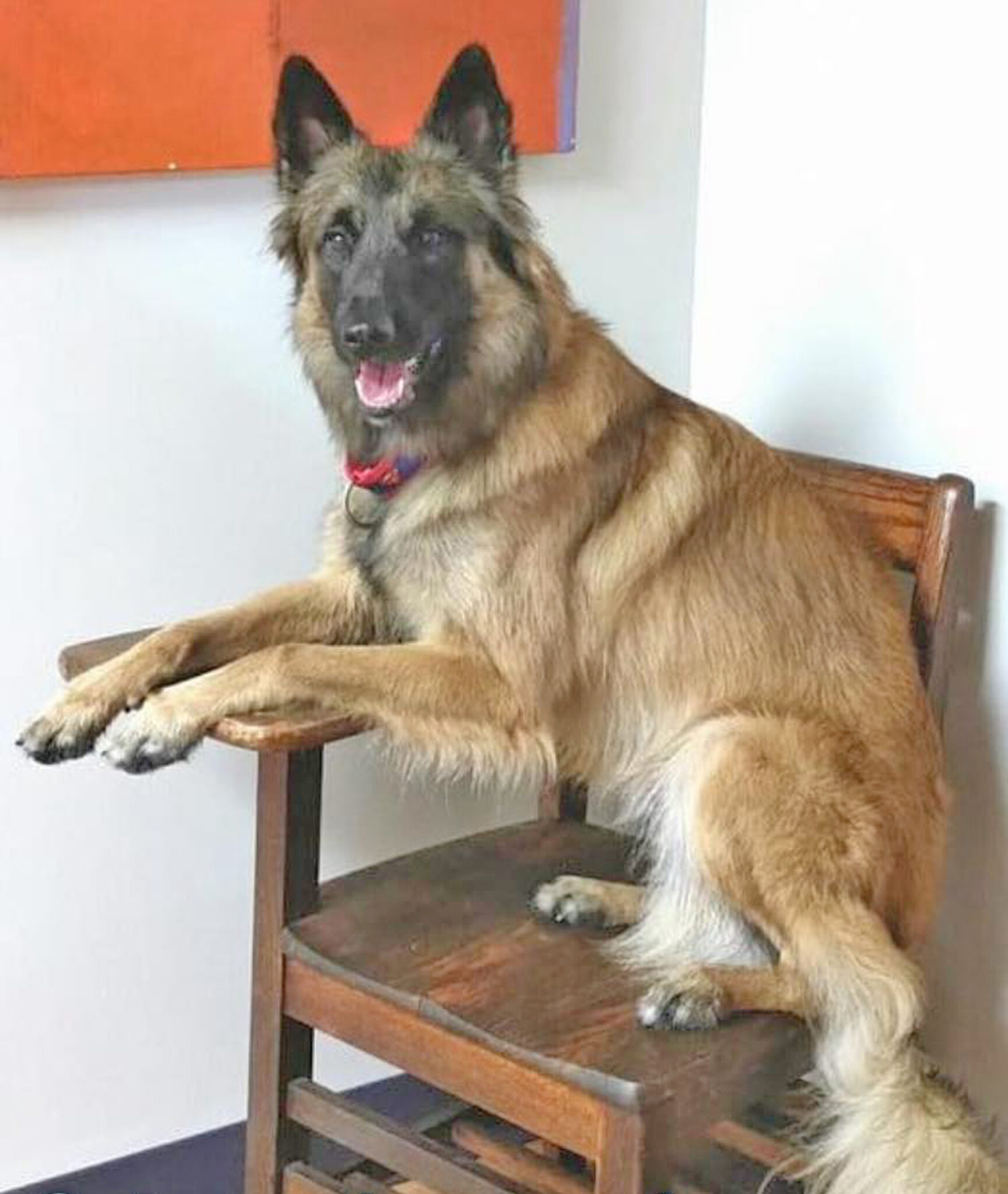Some Back to School Training Tips for Your Canine Student

Alexandria, VA – September can be hectic as summer rituals wind down and students return to the classroom. Now that the kids are back in school, it’s an excellent time to turn your attention to your dogs.
Although the humans in the household adapt quickly to seasonal and life changes, our canine companions can find these changes a little stressful. Dogs are rarely change agents. They do better with consistency and structure. Not the old-fashioned dominance theory structure, just knowing how to navigate successfully in our human-centric world. Training can be a great way to instill routines and consistency in your dog’s life. Here are a few tips to help you and your pup get back on the training wagon!

Easier to Reinforce than to Correct
Children learn better through positive reinforcement. Similarly, rewarding and praising dogs for good behavior can have excellent results. Food reward is usually a dog’s biggest motivator. It is the best way to reinforce new behaviors, especially when teaching them new skills. We can also use other reinforcers, such as balls, toys, and belly rubs. Remember that the reinforcer must be reinforcing to your dog. For example, coming when called is one of the most challenging behaviors to train. Not because your dog is stubborn or disobedient; there are just so many exciting things in their environment. We need help competing with all those distractions. When you start training a new behavior, reinforce, reinforce, reinforce with high-value rewards! You want to build a reinforcement history in your dog’s brain that those behaviors pay!
Repetition
Training doesn’t have to be arduous, but it is a lifelong journey with your dog. Behaviors such as jumping, digging, barking, and pulling on leash come naturally to dogs and are self-reinforcing. Sometimes, we inadvertently reinforce these behaviors by giving them attention. The more they practice these behaviors, the better they get at them. Teaching your dog to keep four feet on the floor, walk nicely on a leash, and stay calm around other dogs, people, and squirrels does not come naturally. The key is integrating the training into your everyday life with short training sessions, five to ten minutes, four to five times a day, and consistently rewarding calm behavior whenever you are with your dog. Repetition helps our dogs learn and remember what we teach them, so you don’t always have to tell them what to do. Remember to give your dog lots of opportunities to earn their reinforcements. And make training fun for you and your dog!
Practice, Practice, Practice
Having a dog that chooses to make the right behavior choices involves consistent training and practice that you both enjoy. Be sure to change the environment and the rewards to keep your dog engaged and wanting to learn. Practice both inside and outside your home to increase reliability. The more distracting the environment, the more difficult it can be to keep your dog’s attention and focus on you. Start with low distractions and work up to higher distractions.
Dogs should learn basic manners and life skills, such as optimism, engagement, flexibility, and more. Together, they will produce a well-adjusted and happy dog. Training builds a positive relationship and bond with your dog. When you train your dog, you will learn how to better communicate with them. Mental stimulation is just as important as physical exercise and can help your dog to be calmer. A tired dog is a good dog! Challenge your dog daily with a few training exercises, and you will see a change in their energy level. You’ll also see them repeating the good behaviors that you are training.
Recess
In a school setting, children get recess to break up the monotony of the day. The kids get some fresh air and play their favorite games. Apply the same concept to training with your dog. Take a break and play fetch or tug to release energy and have fun. Play can help build connection and focus and incentivize the training process. Use their toys, balls, and tugs as training opportunities and rewards. Your dog will be more motivated to learn if you incorporate play in your training sessions.
Time to Get Started!

Even if you’ve been putting off training, you will see changes in your dog’s behavior quickly once you get started. It’s science! Reinforcement drives behaviors. All living things will repeat behaviors that are rewarding.
At Wholistic Hound Academy, our professional, experienced, and certified trainers are ready to help you and your dog live a more joyous life together. We look forward to seeing you and your canine scholar soon!
Sandy Modell, CPDT-KA, is the Founder, Owner, and Head of Training of Wholistic Hound Academy, Alexandria’s award-winning, premier canine training and learning center — offering classes and private lessons in puppy training, adolescent and adult foundation and life skills, behavior modification, agility, dog sports, and fitness, kids and dogs, pre-pet planning and selection. Classes are starting soon! Visit www.wholistichound.com to enroll in our programs, and like us on Facebook.com/wholistichound and follow us on Instagram at Instagram.com/wholistichound.
ICYMI: Adopt a Pet in Alexandria: Nina, a Pup With a Big Personality




